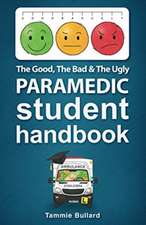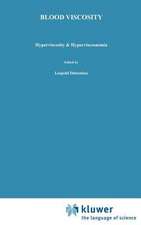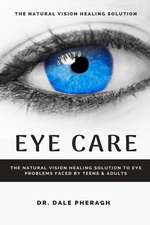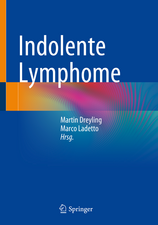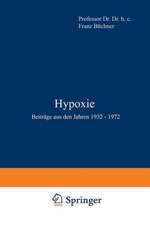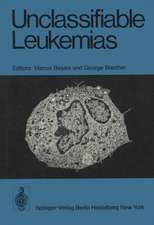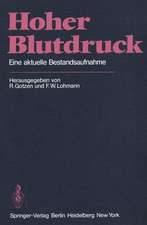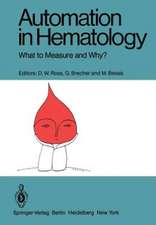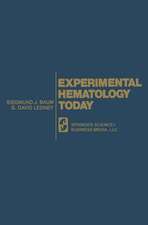Handbook of Granulocytes
Editat de Reuben Hagg, Soren Kohlunden Limba Engleză Hardback – 23 mar 2010
Preț: 1717.72 lei
Preț vechi: 2352.95 lei
-27% Nou
Puncte Express: 2577
Preț estimativ în valută:
328.68€ • 343.17$ • 272.03£
328.68€ • 343.17$ • 272.03£
Carte disponibilă
Livrare economică 15-29 martie
Preluare comenzi: 021 569.72.76
Specificații
ISBN-13: 9781607415824
ISBN-10: 1607415828
Pagini: 401
Ilustrații: tables & charts
Dimensiuni: 187 x 267 x 31 mm
Greutate: 0.96 kg
Ediția:New.
Editura: Nova Science Publishers Inc
Locul publicării:United States
ISBN-10: 1607415828
Pagini: 401
Ilustrații: tables & charts
Dimensiuni: 187 x 267 x 31 mm
Greutate: 0.96 kg
Ediția:New.
Editura: Nova Science Publishers Inc
Locul publicării:United States
Cuprins
Preface; Neutrophil Immunology and Falciparum Malaria: Classical Perspectives versus Current Concepts; Complement Receptor 3 Mediated Phagocytic Function of Neutrophils in Gram Negative Infection in the Tropics: Human Studies of Infection with Burkholderia pseudomallei; Neutrophil as a Target for Insulin in Health and Disorders; Non-Classical Roles of NADPH-oxidase Dependent Reactive Oxygen Species in Phagocytes; How Adaptive Immunity would do Without Neutrophils? Description of the Actual State of Knowledge Relative to this Cooperation, and Possible Consequences in the Pathophysiology of Age-Associated Diseases; Eosinophil Cationic Protein in Wheezing Children; Receptor Cross-Talk Mechanisms of Neutrophil Priming; Role of Myeloperoxidase in the Regulation of Inflammation and the Fate of Neutrophils; Protease Release from Neutrophils in Inflammation: Impact on Innate Immunity Seen in Chronic Pulmonary Disease; Nucleoli in Cells of the Granulocytic Lineage; Behavior of the Living Neutrophil Granulocytes under a Lipopolisaccharide Condition Observed in Real Time by Atomic Force Microscopy; Activation Mechanisms of Store-Operated Calcium Channels in Human Neutrophils; Basophil Granulocytes: Small in Numbers, Mighty in Immune Regulation; Granulocyte and Chemokines: Evaluation of Activated Platelet-Derived Chemokines in Fibrile Neutropenia; New Evidences for a Direct Involvement of Neutrophils in Atherosclerosis; Role of Granulocytes on the Onset of Tissue-Destructive Diseases when Exposed to Stress; Eosinophilic Myleoperoxidase Deficiency; Toxic Granulation of Neutrophil: A Review; Basophil in Tropical Infections; Research on Basophil in Thailand; Index.

